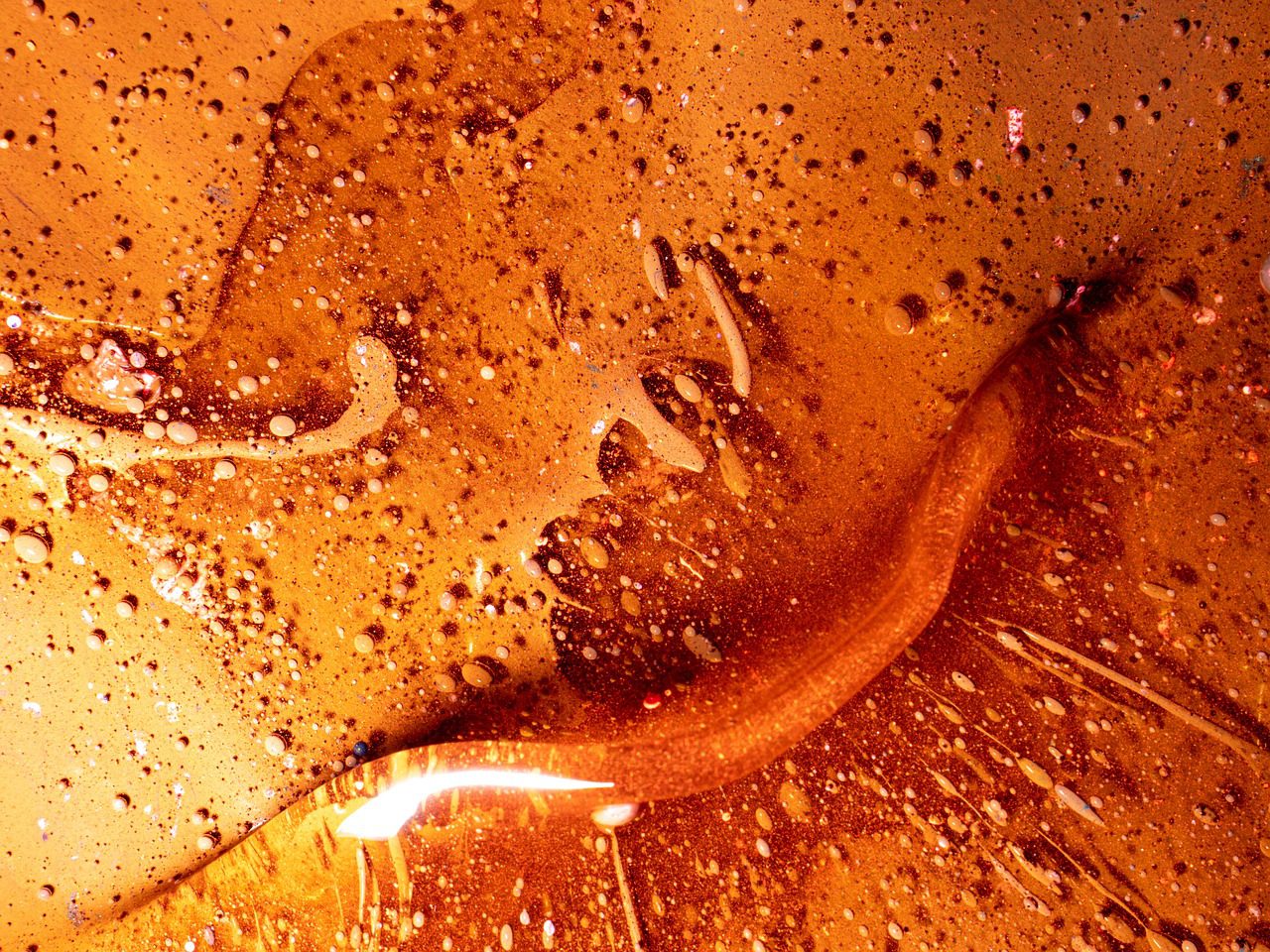Linseed oil is a versatile medium used in painting, particularly in oil painting. In this post, I am going to share many aspects of linseed oil painting. I explain its primary uses, alternatives to linseed oil, and the different effects that kinds of linseed oil can have on your artwork.
What does it do?
- Binder: Linseed oil serves as a binder. It mixes with pigments to create oil paint. It helps the pigments adhere to the painting surface and each other. This forms a cohesive and durable paint layer.
- Diluent and Extender: Artists use linseed oil to thin oil paints, making them more fluid and easier to work with. It also extends the drying time of the paint, allowing for more blending and manipulation of colors on the canvas.
- Medium: Linseed oil can be mixed with pigments to create a consistent and workable paint consistency. It enhances the flow of paint and makes it easier to apply with brushes or palette knives.
- Glazing: Linseed oil is used for glazing techniques. Glazes involve applying thin layers of transparent color over dry paint layers. This creates luminous and multi-dimensional effects.
- Impasto: Linseed oil can be mixed with oil paints to create impasto techniques. This is where thick layers of paint are applied to the canvas to create texture and dimension.
- Varnish: After the painting has dried, linseed oil can be used as a varnish to protect the artwork. It can provide a glossy finish. It enhances the color and sheen of the paint while safeguarding it from environmental factors.
- Underpainting: Some artists use linseed oil for underpainting. This is an initial layer of paint applied to establish the composition and values of the artwork. Also, the use of linseed oil in underpainting can help achieve a smoother transition of subsequent paint layers.
- Texture and Brushwork: By altering the consistency of linseed oil, artists can manipulate the texture and brushwork effects in their paintings. However, it can move from smooth and delicate strokes to bold and expressive marks.
What can I use as a substitute for linseed oil?
- Walnut Oil: Walnut oil is a slow-drying and pale oil that doesn’t yellow as much as linseed oil. It’s often used by artists who want to avoid the yellowing that can occur with other oils.
- Safflower Oil: Safflower oil is a pale, nearly colorless oil with a slow drying time. It’s also less prone to yellowing compared to linseed oil, making it suitable for light-colored paint layers.
- Galkyd: Galkyd is a fast-drying medium that can be used to speed up the drying time of oil paints. It increases transparency and produces a high-gloss finish.
- Oil Painting Medium Mixtures: Many artists create custom medium mixtures by combining different oils and solvents to achieve the desired qualities for their paintings. These mixtures can be tailored to the artist’s preferences.
- Water-Mixable Oils: Water-mixable oil paints are a modern alternative that can be thinned and cleaned with water, eliminating the need for traditional solvents and oils.

Does linseed oil slow or speed up drying time for oil paint?
- Raw Linseed Oil (Slower Drying): Raw linseed oil is the slowest-drying form of linseed oil. When mixed with oil paint, it slows down the drying process. This allows artists more time to work with their paint on the canvas.
- Refined Linseed Oil (Faster Drying): Refined linseed oil, also known as alkali-refined linseed oil, has been processed to reduce its natural impurities. It dries faster than raw linseed oil but still slower than some other drying mediums. When mixed with oil paint, refined linseed oil can accelerate the drying process compared to raw linseed oil. This can be advantageous when artists want their paintings to dry more quickly, allowing for faster layering and overpainting.
- Stand Oil (Slower Drying): Stand oil dries slower than raw linseed oil. It is used to create a glossy, enamel-like finish and enhances color depth. It is often chosen for its slow drying properties, which allow artists to achieve a more controlled and refined surface.
- Drying Mediums: Some mediums, like Liquin and Galkyd, contain additives that speed up the drying process of oil paint. Then, they reduce the overall drying time. This is helpful for artists who want to work in layers or complete their paintings more quickly.
In summary, the drying time of oil paint can be influenced by the type of linseed oil used. Artists utilize these variations to their advantage depending on their desired painting techniques and working preferences.
How to care for a brush painting with linseed oil:
- Cleaning Immediately After Use: First, clean your brushes as soon as possible. This is to prevent the linseed oil from drying and hardening on the bristles.
- Wipe Off Excess Oil: Next, gently wipe off excess linseed oil from the brush bristles. Use a paper towel or a lint-free cloth.
- Use Solvent: Next, tip the brush in a container of odorless mineral spirits or paint thinner. Swirl the brush gently to loosen and dissolve the linseed oil from the bristles.
- Repeat Cleaning: You might need to repeat the solvent cleaning process a few times until the solvent runs clear.
- Soap and Water Wash: Wash the brush with warm soapy water. Use a mild soap or brush cleaner specifically designed for oil paint. Also, gently lather the bristles and rinse thoroughly.
- Shape the Bristles: Finally, gently reshape the bristles with your fingers. This ensures they return to their original form. Avoid bending or crushing the bristles.


Comments are closed.